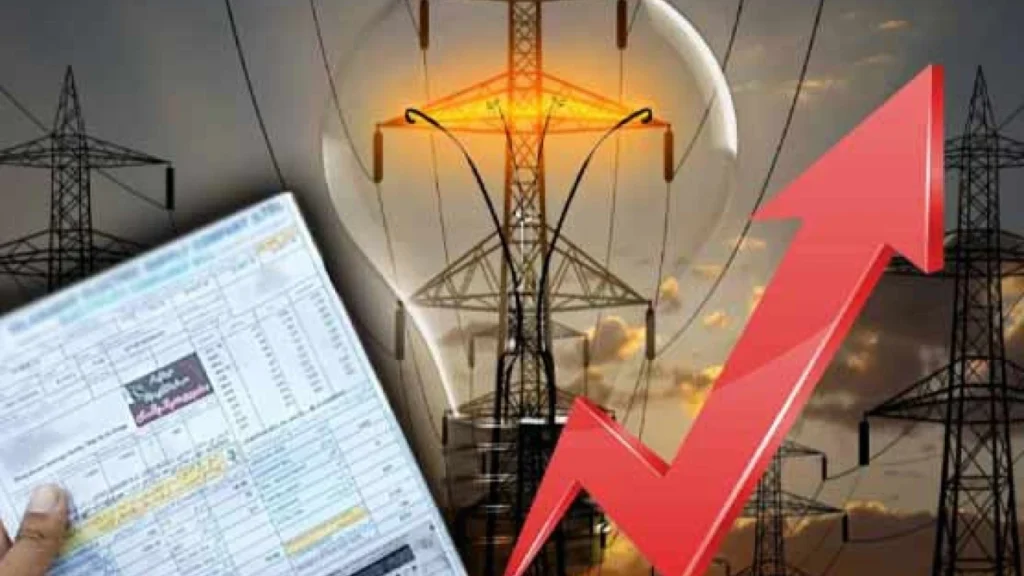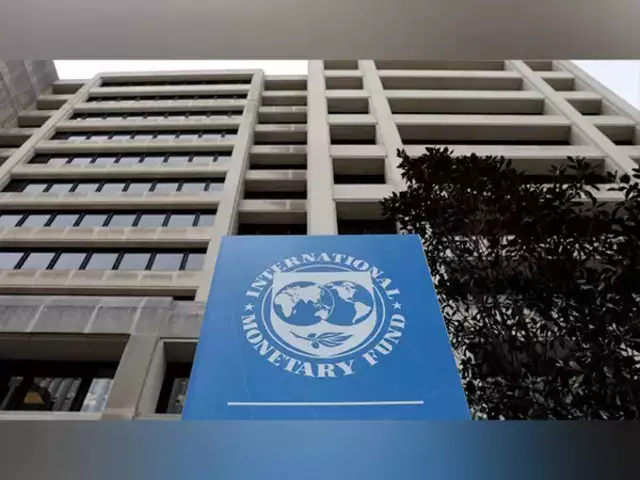The issue of legacy non-performing loans (NPLs), the State Bank of Pakistan (SBP) has granted permission to banks to charge off fully provisioned corporate, commercial, and Small & Medium Enterprises (SMEs) NPLs. This decision is intended to provide a streamlined approach for managing legacy loans, which have been a considerable portion of the banking sector’s non-performing loans.
According to the SBP’s circular, non-performing loans/finances (NPLs) of the banking industry currently include a substantial amount of fully provisioned legacy loans. To tackle these legacy NPLs, banks are now allowed to charge off fully provisioned corporate, commercial, and SME NPLs. However, the SBP has made it clear that such charge-offs will not provide any financial relief to the borrowers. Instead, the banks’ rights to recover the amounts will remain intact.
The SBP has outlined specific conditions under which banks can charge off NPLs. One of the key requirements is that these NPLs must have been classified in the ‘Loss’ category on an objective basis for at least five consecutive years. Additionally, banks must have maintained full provisioning against these loans during this period.
For NPLs with an outstanding principal amount exceeding Rs 10 million, it is mandatory for banks to have filed recovery suits in the court of law at least two years prior to considering the charge-off. This ensures that the banks have made genuine efforts to recover the outstanding amounts before opting to charge off the loans.
The responsibility of monitoring the progress of charged-off loans and their recovery lies with the Board of Directors (BoD) and senior management of the banks. The BoD must have an approved policy for dealing with NPLs and charged-off loans. It is crucial that the senior management ensures that efforts for the recovery of charged-off NPLs are not compromised under any circumstances.
For the purpose of reporting and disclosure, banks are required to maintain proper records of charged-off NPLs. These NPLs will not appear on the banks’ financial statements but will be kept in memorandum accounts. Furthermore, banks must continue to report these charged-off NPLs to the electronic Credit Information Bureau (e-CIB) and private credit bureaus as overdue. A separate note disclosing the charged-off loans must be included in their financial statements.
Certain categories of NPLs are not eligible for charge-off. These include NPLs in the names of related parties, sponsor shareholders, directors, Chief Executive Officers, key executives of the banks, their family members, and politically exposed persons. Additionally, NPLs that are under litigation involving any criminal proceedings are also excluded from this charge-off provision.
Banks are required to follow their BoD’s approved policies for charging off NPLs against consumer loans. For writing off charged-off NPLs, banks must comply with the write-off instructions issued by the SBP and the requirements of Section 33A of the Banking Companies Ordinance (BCO), 1962.
This new directive by the SBP is expected to have several implications for the banking sector. By allowing the charge-off of fully provisioned NPLs, banks can clean up their balance sheets and focus on more productive assets. This can also improve the overall health of the banking sector by reducing the burden of legacy non-performing loans.
However, it is essential to note that the charge-off does not equate to financial relief for the borrowers. The banks retain their rights to recover the charged-off amounts, ensuring that there is no undue advantage taken by the defaulters.




